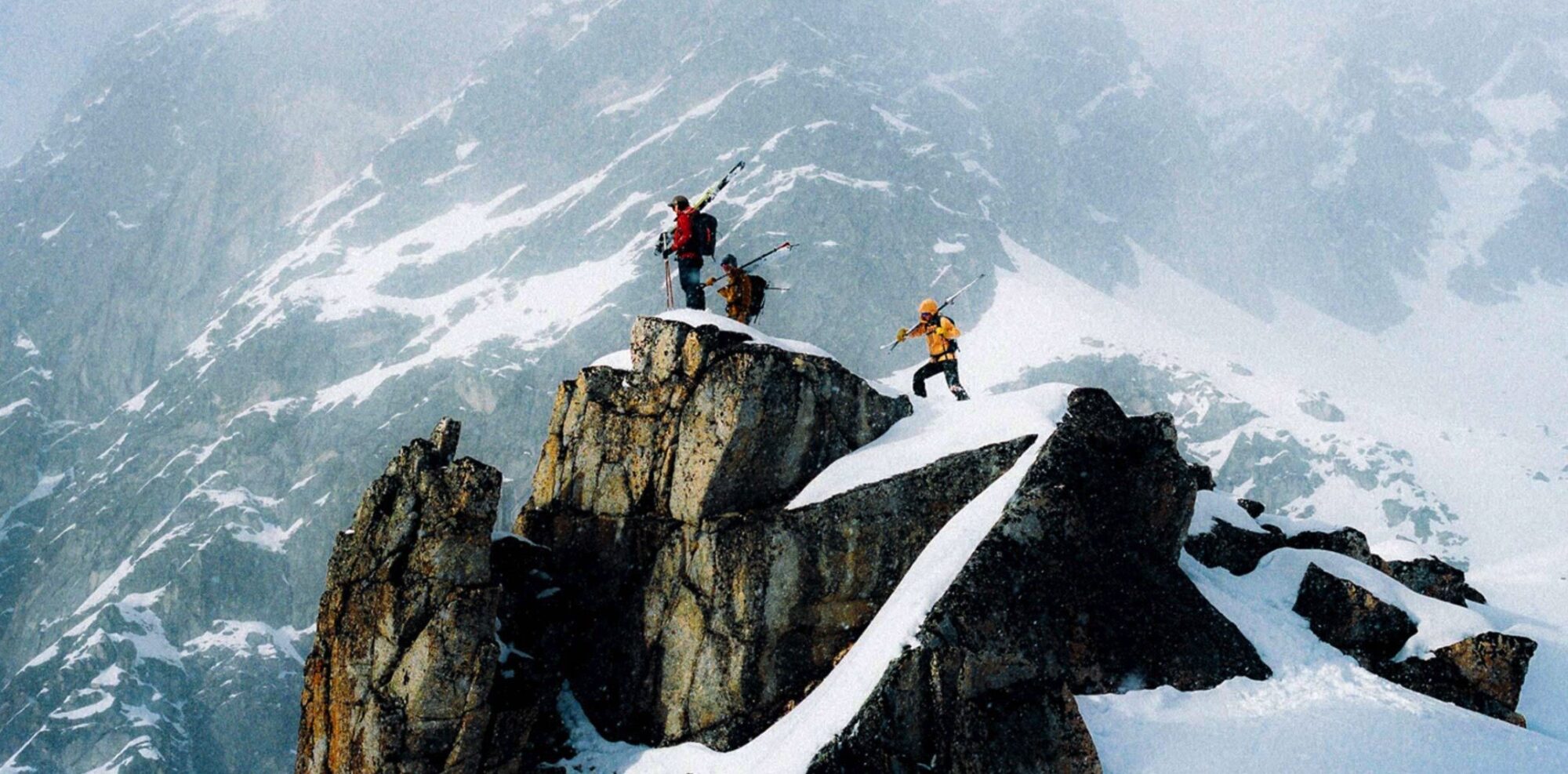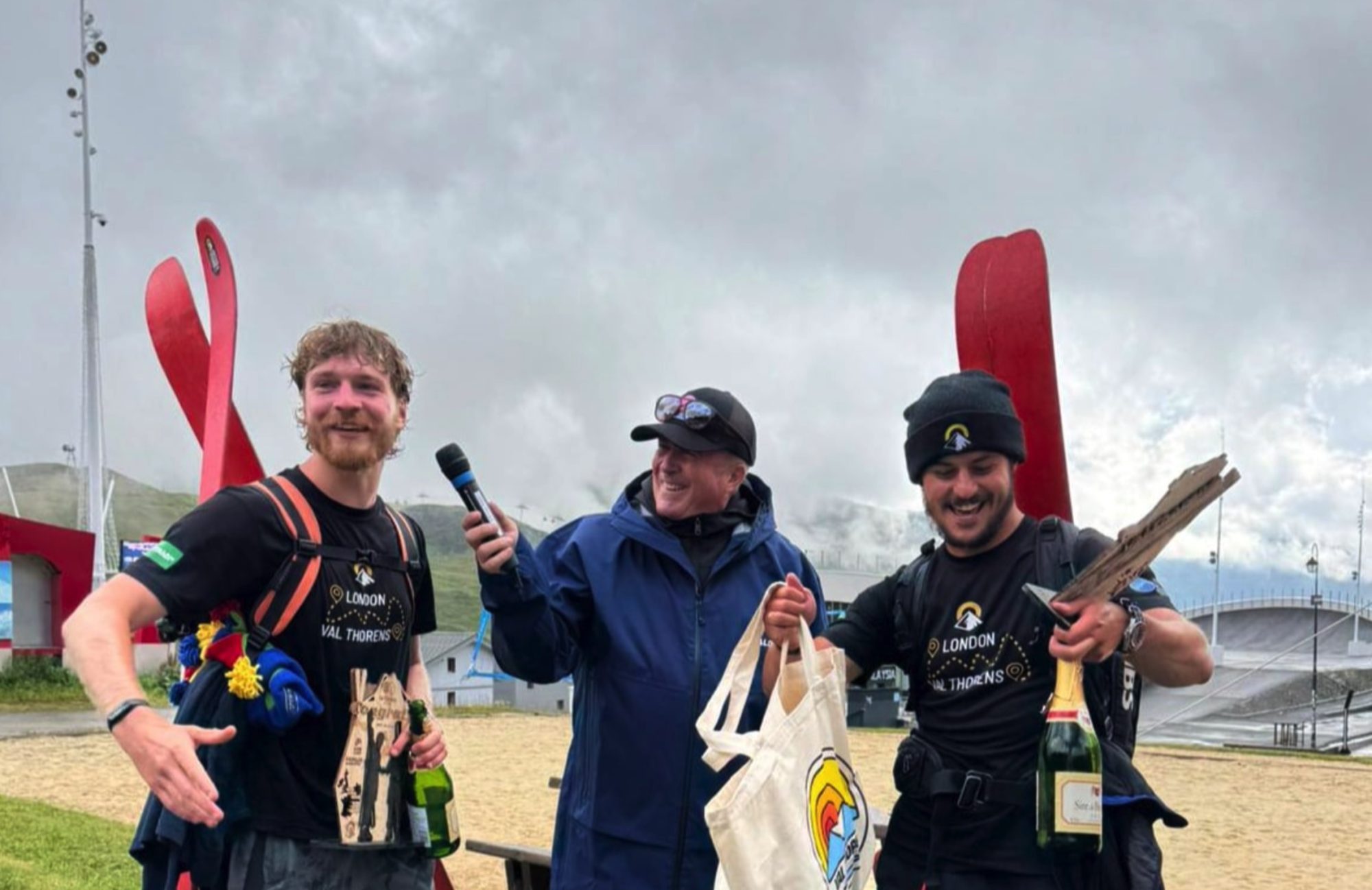Sustainable Ski Gear: The Brands Actually Making a Difference
Ski gear has traditionally come with a heavy environmental footprint, from energy-intensive synthetic fabrics to water-repellent treatments loaded with chemicals. But in recent seasons, a handful of brands have begun treating sustainability as a technical design challenge, not just a cool marketing initiative. From recycled fibres to repair programs, from PFAS‑free DWRs to smarter packaging, these are the ones worth watching on the slopes.
Below we review nine ski and outdoor brands that are doing more than marketing: Dope Snow, Montec, The North Face (FUTURELIGHT), OOSC, Patagonia, Picture, Houdini, Norrøna, and Helly Hansen. We take a look their sustainability programmes, their real challenges, and where their efforts matter most.
Patagonia: Sustainability as a Business Model


© patagonia
Patagonia isn’t just talking about sustainability — it has built its entire company around it. From product design to profit distribution, every decision supports long-term environmental goals.
What they do
- Worn Wear programme: Patagonia operates one of the most established circular systems in the industry. Customers can return used gear, which is then cleaned, repaired, and resold online or in stores, keeping thousands of garments in use each year.
- Material innovation: The brand leads with high-volume use of 100% recycled polyester, organic cotton, recycled wool, and regenerative natural fibres, significantly reducing reliance on virgin materials.
- PFAS-free waterproofing: As of 2023, Patagonia has fully removed intentionally added PFAS across all product categories — a major milestone for outerwear performance and safety.
- Full transparency: Patagonia publicly shares its factory list, supply chain practices, and environmental impact reports, including how it scores facilities on social and ecological metrics.
- Profit for planet: In 2022, ownership of Patagonia was transferred to a purpose trust and nonprofit, ensuring that 100% of profits not reinvested in the business are used to fight climate change and protect nature.
What makes them different
Patagonia doesn’t treat sustainability as a trend but more as the foundation of how the business operates. Their investment in circular design, open reporting, and purpose-led ownership has set a standard that few other outdoor brands come close to matching.
patagonia.com/our-footprint/
Dope Snow: Style, Substance, and a Second Life


© ridestore
Dope Snow, under Ridestore, often surprises skeptics by doing the backstage work few talk about. Their sustainability page reveals ambitions that go beyond trend-chasing.
- Recycled polyester (The PET Project) is central and they aim to use as much recycled yarn as possible (approx. 90% of polyester currently used), reducing CO2 emissions by up to 77% compared to virgin polyester fibres.
- They’ve adopted PFAS‑free DWR coatings (e.g. HeiQ EcoDry) to decouple water repellency from the “forever chemical” habit.
- Their packaging innovation is real: thinner boxes, more recycled and recyclable content, and eliminating virgin plastic where possible.
- The Renewed programme is their reuse arm: returned, slightly flawed, or end‑of‑season stock is cleaned, repaired, recoated, and resold to give products a new life.
- On the fabric front, nearly 95 % of their new fabrics are bluesign® approved, and for FW25, all outerwear, mid-layers, base-layers, gloves and facemasks are bluesign® Product qualified; beanies and socks are the remaining exceptions.
Why Dope matters:
They operate at the intersection of style and substance. Many riders buy Dope for its bold aesthetics, but behind that, there’s real investment into closed loops and chemical safety. The risk is in scale: can they maintain rigorous standards as the brand grows? But for now, they’re proof that street‑meets‑mountain gear can hold environmental ambition.
dopesnow.com/sustainability/
Montec: Technical Ambition with Transparency


© ridestore
Montec is Dope’s more technical counterpart (also under Ridestore). It has a heavier mountain DNA, geared toward freeride, backcountry, and those who demand performance.
- Montec lays out the “challenge of functional fabrics” to ensure balancing waterproofing, breathability, durability, and eco criteria, along with their design ambitions.
- They use HeiQ EcoDry DWR (bluesign® approved) and explicitly state they do not intentionally add PFAS in their finishing.
- Like the Dope scheme, Montec’s Renewed line refurbishes “defective or otherwise unsold garments,” restoring them to spec and discounting them for resale. Repair. Renew. Reuse.
- On their product pages (for example, the Doom jacket) they advertise PFAS‑free waterproofing, seam taping, and technical breathability ratings.
Where Montec stands out:
Their transparency sets them apart from many other brands. They support their performance claims with real action, including third-party-verified materials and supplier standards (e.g., bluesign®, formal supplier auditing), a focus on repair and reuse, and a commitment to go beyond surface-level eco messaging.
montecwear.com/sustainability/
The North Face & FUTURELIGHT: Innovation at Scale
If you want to shift whole supply chains, you need big brands. Enter The North Face and its FUTURELIGHT line which is arguably the most recognised large-scale bet on breathable, sustainable outerwear.
- FUTURELIGHT uses nanospinning technology to weave membranes with microscopic pores that allow vapour in/out while keeping precipitation out.
- The shell fabrics in many FUTURELIGHT garments are 100 % recycled polyester.
- They combine with non‑PFC DWR treatments and reduce glue in lamination, aiming to reduce chemical load.
- In TNF’s sustainability commitment, they plan for 100 % of top materials (polyester, cotton, nylon) to be recycled, renewable or regeneratively grown.
- Their circular design & Renewed / trade‑in programme allows customers to trade in TNF gear, refurbish it, or recycle/donate if beyond repair.
Why FUTURELIGHT matters:
If a brand as large as The North Face demands zero‑PFAS, recycled materials, and repair loops, it exerts pressure downstream.
thenorthface.com/
OOSC: Retro Looks, Modern Conscience


OOSC (Old School Ski Club) brings neon throwback designs but with surprisingly serious sustainability underpinnings.
- They use 100 % recycled polyester (turning plastic bottles into ski suits) and include non‑toxic / zero carbon DWRs.
- Their factory partner is WRAP-certified, and they claim integration of solar energy, rainwater recycling, and sustainable shipping (sea freight priority).
- Packaging is fully recycled and recyclable, and they include repair patches to help users extend garment life.
- OOSC also partners with resale & rental platforms (e.g. HURR in the UK) to support circular consumption.
- Damaged suits or leftover materials get repurposed into accessories (bags, patches) in collaboration with creative upcycling partners.
Where OOSC is strong:
They punch above their weight for a niche brand: stylish, traceable, inclusive. Their scale is limited but they offer a credible example of how even smaller, youthful brands can embed sustainability from day one.
oosc-clothing.com/pages/sustainability
Best of the Rest: Picture, Houdini, Norrøna & Helly Hansen
Let’s take a look at how some other established and specialist brands are approaching sustainability.
- Picture Organic Clothing: A technical outerwear brand built around sustainability: circular polyester, PFC-free membranes, strong repair policies and traceability.
- Houdini: Scandinavian minimalism meets circular design with garments meant to be repairable, recyclable, biodegradable where possible.
- Norrøna: Deep commitment to durability, lifetime repair, and integration of recycled materials, though still wrestling with full supply chain emissions transparency.
- Helly Hansen: Some adoption of bluesign® fabrics and newer “bio” insulation partnerships, but often criticised for lagging in traceability, reuse, and packaging innovation.
What to Believe, What to Demand


Each of these brands carries ambition, risk, blind spots and that’s how progress happens. Here’s what to look out for:
- Demand transparency: Look for Bluesign® approval, full component chemical policies, factory audits, and emissions disclosure matter.
- Favour reuse, repair, and resale: These programmes separate brands that really take responsibility.
- View innovation with open eyes: Recycled polyester, PFAS-free waterproofing, and smarter packaging are just the starting point. The real goal is circular design that considers the entire life of a product, from creation to reuse or recycling.
More than anything, the most sustainable gear is the one that lasts and the one you wear season after season, look after and repair when needed. That’s where the real impact comes from, not just the label.
Main Image © patagonia
More Gear Reviews



